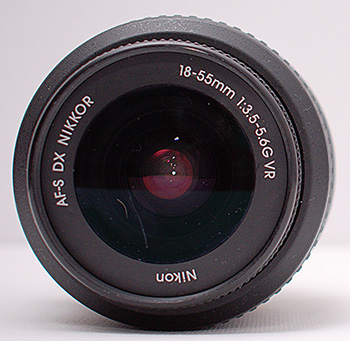Tip #707: The Basics of Lenses
… for Random Weirdness
Tip #707: The Basics of Lenses
Larry Jordan – LarryJordan.com
The right lens makes a good shot great.


This article first appeared in MotionArray.com. This is an excerpt.
The job of the lens is to focus the light, so that when it hits the sensor of your camera, there’s a discernible image. This is exactly what the lens of your eye does — focuses light, which hits the retina in the back of your eyeball, so that you can make out the shape of the expensive camera you just bought.
There are three main things to consider in a lens:
- Focal length. Focal length refers to how wide or how zoomed-in it makes your image look. Wider lenses make things look farther apart, whereas longer lenses compress the distance between objects, making them look closer together.
- Aperture. T-stop and F-stop are different terms for aperture and they mean slightly different things, but for our purposes, we’re going to use the term F-stop. Basically, the F-stop refers to the diameter of the opening of the lens. The lower the number, the wider the opening. The higher the F-stop number, the smaller the opening.
- Zoom vs. Prime lenses. A prime lens just refers to a lens that’s fixed at only one focal length that you can’t zoom in and out with. The truth is that you’re not going to be doing a lot of zooming in your filming career. A cheaper, higher quality option is to actually use prime lenses and whenever you need to frame your subject differently, either move the camera or change the lens to a different focal length.
EXTRA CREDIT
The article has more details and illustrations that make it worth reading.


Leave a Reply
Want to join the discussion?Feel free to contribute!